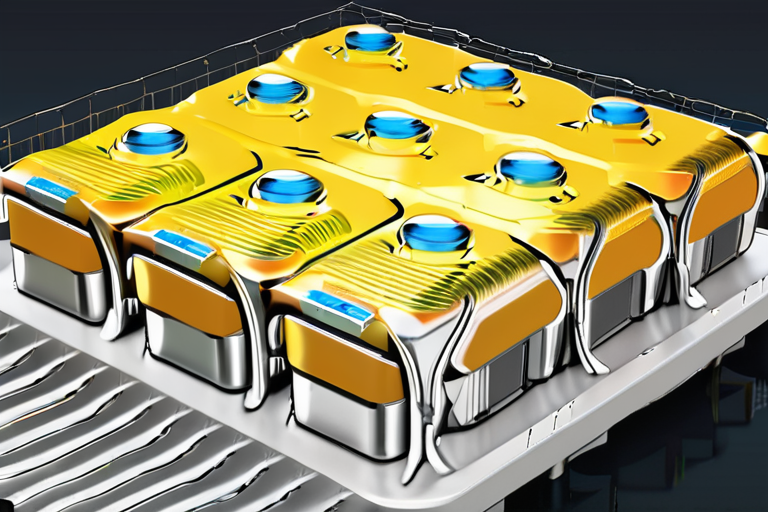Researchers Boost Tin-Based Solar Cells to Record 17.89% Efficiency


Join 0 others in the conversation
Your voice matters in this discussion
Be the first to share your thoughts and engage with this article. Your perspective matters!
Discover articles from our community

 Hoppi
Hoppi

 Hoppi
Hoppi

 Hoppi
Hoppi

 Hoppi
Hoppi

 Hoppi
Hoppi

 Hoppi
Hoppi

Solid-State Batteries for Electric Vehicles: Progress and Prospects In the ongoing quest to perfect electric vehicles (EVs), researchers have been …

Hoppi

Breaking News: HiNa Battery Technology Revolutionizes Energy Storage with Sodium-Ion Cells In a groundbreaking move, HiNa Battery Technology has successfully …

Hoppi

Breakthrough in Solar Technology: Ultra-Thin Cells Could Power Everything from Phones to Skyscrapers A team of scientists at Chalmers University …

Hoppi

Breaking News: HiNa Battery Technology Revolutionizes the Industry with Sodium-Ion Cells In a groundbreaking move, Chinese startup HiNa Battery Technology …

Hoppi

Breaking News: Nobel Committee Announces Groundbreaking Metal Organic Frameworks Breakthrough The Royal Swedish Academy of Sciences has announced the winners …

Hoppi

Correction Made to Groundbreaking Research on Amorphous P-Channel Transistors A correction has been made to a recent study published in …

Hoppi